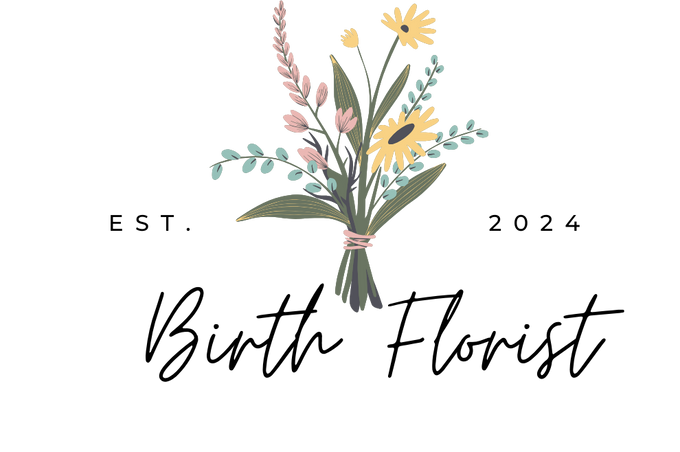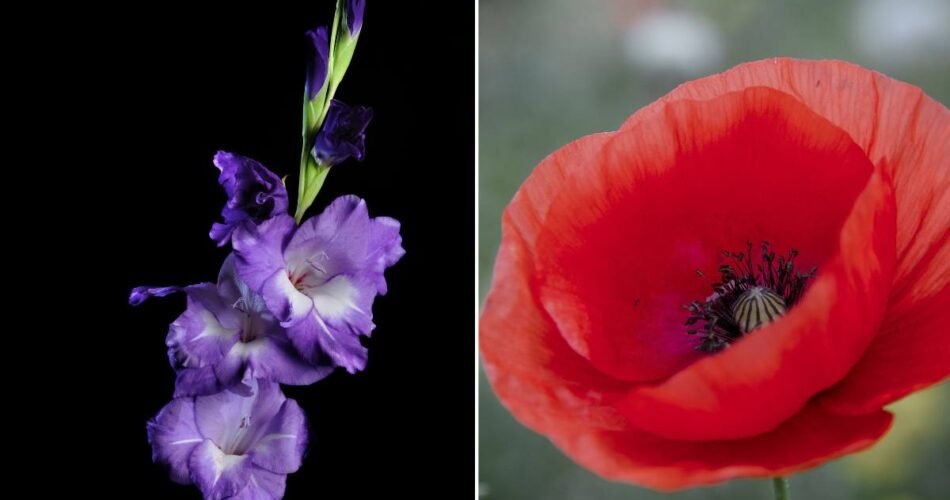What are the August birth flowers?
August is represented by two vibrant and striking birth flowers: the Gladiolus and the Poppy. The Gladiolus, also known as the ‘sword lily,’ symbolizes strength of character, integrity, and persistence, reflecting the boldness and beauty of late summer. The Poppy, with its delicate petals and rich hues, signifies pleasure, remembrance, and consolation, offering a contrast to the Gladiolus’s assertive presence.
In this blog post, we will explore the world of birth month flowers, their meanings, origins, and fascinating facts. We will also discover how these flowers inspire art, creativity, and thoughtful gift ideas. So, let’s embark on this journey and uncover the beauty and meaning of August birth month flowers.
Related Post: Birth Flowers for all 12 months
History & Origin of Gladiolus
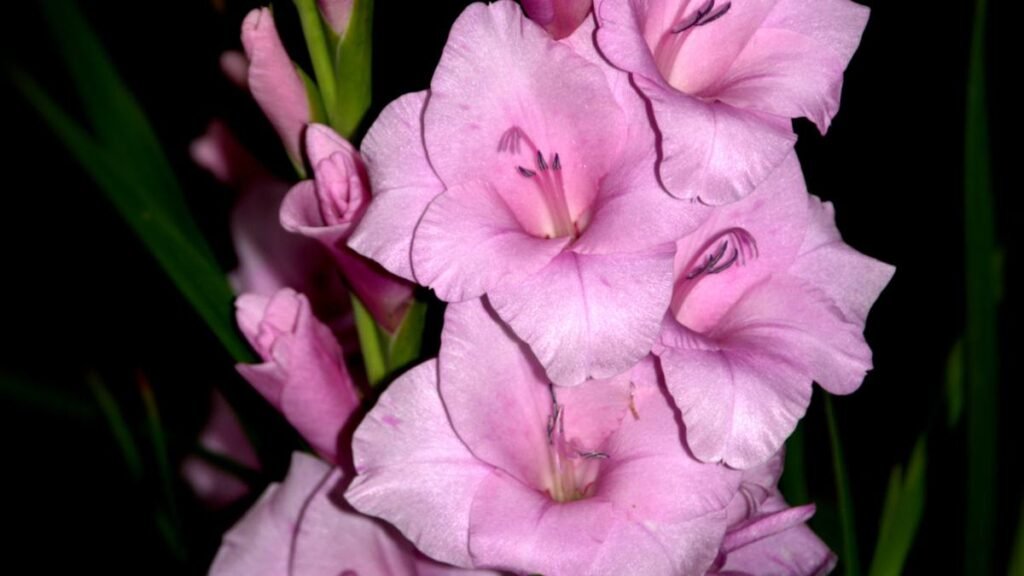
The Gladiolus (Gladiolus spp.), with its dramatic spikes of flowers, has a history that spans continents and civilizations. Its name is derived from the Latin word ‘gladius,’ meaning sword, which reflects the shape of its leaves. This connection to swords also ties the Gladiolus to Roman gladiators, symbolizing strength and moral integrity.
Gladioli have been cultivated for thousands of years, with their origins tracing back to Africa and the Mediterranean. They became associated with August due to their peak blooming period in late summer, making them a symbol of the season’s strength and vibrant energy.
What does Gladiolus mean?
The Gladiolus carries a wealth of symbolism, with each color conveying a distinct message:
- Red Gladioli symbolize love and passion, expressing deep affection and intensity.
- White Gladioli represent purity and innocence, often used to convey sincerity and moral integrity.
- Yellow Gladioli signify cheerfulness and positivity, bringing a bright and uplifting energy.
- Pink Gladioli convey compassion, grace, and maternal love, making them a heartfelt gesture of kindness.




Overall, Gladiolus flowers embody strength of character, moral integrity, and the power of persistence, reflecting the flower’s robust and upright growth.
How to care for Gladiolus
Gladiolus plants, known for their striking flower spikes, require some care to thrive and bloom beautifully:
- Sunlight: Gladioli need full sun to produce the best blooms. Choose a planting spot that receives at least 6 hours of direct sunlight daily.
- Soil: They prefer well-draining soil with a neutral to slightly acidic pH. Enriching the soil with compost or well-rotted manure can promote healthy growth.
- Watering: Water Gladioli deeply at planting time and then moderately once a week during the growing season, especially during dry spells. Avoid overwatering to prevent bulb rot.
- Staking: Due to their tall growth, Gladiolus plants may need staking to prevent their flower spikes from bending or breaking, especially in windy areas.
- Post-Bloom Care: After the flowers have faded, cut the flower stalk, but leave the foliage until it turns yellow and dies back. This allows the plant to store energy for the next season’s blooms.
Interesting or less known facts about Gladiolus
- Medicinal Uses: Historically, the Gladiolus plant was used for medicinal purposes. Its corms (bulb-like structures) were ground into a powder and used to treat physical ailments, from removing thorns and splinters to relieving colic.
- Symbol of Remembrance: In addition to strength and integrity, Gladioli are also symbols of remembrance, making them a common choice for floral arrangements in memorial services.
- Xiphium: The Gladiolus was once known as “xiphium,” from the Greek word for sword, further linking it to the gladiators of ancient Rome.
- Genetic Diversity: There are over 250 species of Gladiolus, mostly native to South Africa, showcasing a wide array of colors and patterns.
History & Origin of Poppy

Poppies (Papaver spp.) have been intertwined with human history for thousands of years, known for their vibrant blooms and significant symbolism. The Poppy’s association with sleep, peace, and death comes from its sedative properties and the blood-red color of its most common species, the Papaver somniferum.
The link between Poppies and August may stem from their use as a symbol of remembrance for those fallen in war, particularly after World War I, as they were among the first flowers to bloom on the devastated battlefields of Western Europe. This connection makes the Poppy an emblem of both the beauty and fragility of life, fitting for the depth of summer when the flower is in full bloom.
What does Poppy mean?
Poppies are laden with rich symbolism, varying significantly with their color:
- Red Poppies are most commonly associated with remembrance and consolation, particularly in relation to soldiers who have died in war.
- White Poppies symbolize peace and can also represent sleep and rest, drawing from the Poppy’s sedative properties.
- Yellow Poppies convey wealth and success, celebrating the achievements and prosperity in one’s life.
- Purple Poppies are often used to commemorate animals that have been victims of war.




Overall, Poppies symbolize a combination of sleep, peace, and death but also stand for beauty and resilience in the face of adversity.
How to care for Poppy
Poppies, with their delicate appearance, are surprisingly hardy and easy to care for:
- Sunlight: Poppies thrive in full sun, requiring at least 6 hours of direct sunlight each day to bloom their best.
- Soil: They prefer well-draining soil and are quite tolerant of poor soil conditions. Avoid heavy, waterlogged soils.
- Watering: Water Poppies regularly, but be careful not to overwater. Poppies are relatively drought-tolerant once established and excessive moisture can lead to root rot.
- Sowing: Many Poppy varieties can be directly sown into the garden where they are to bloom. They tend to self-seed, which can provide a pleasant surprise of new growth in subsequent seasons.
- Aftercare: After blooming, you can leave the seed pods in place to add interest to the garden and allow them to self-seed, or you can remove them to keep the garden tidy.
Interesting or less known facts about Poppy
- Ancient Cultivation: Poppies are one of the oldest cultivated flowers, with evidence suggesting their use in Neolithic times for their sedative and pain-relieving properties.
- Symbol in Literature: The Poppy has inspired numerous poets and writers, most notably in John McCrae’s WWI poem “In Flanders Fields,” which helped solidify the red Poppy as a symbol of remembrance.
- Opium Production: The opium Poppy (Papaver somniferum) is notorious for its role in the production of opium and its derivatives, including morphine and codeine, highlighting its significant medicinal and historical impact.
- Variety of Species: There are over 120 species of Poppies, ranging from the small, delicate Iceland Poppy to the large, opulent Oriental Poppy, each with its unique characteristics and beauty.
August Birth Flower Comparison
| Month | Birth Flower | Characteristics | Symbolism |
|---|---|---|---|
| August | Gladiolus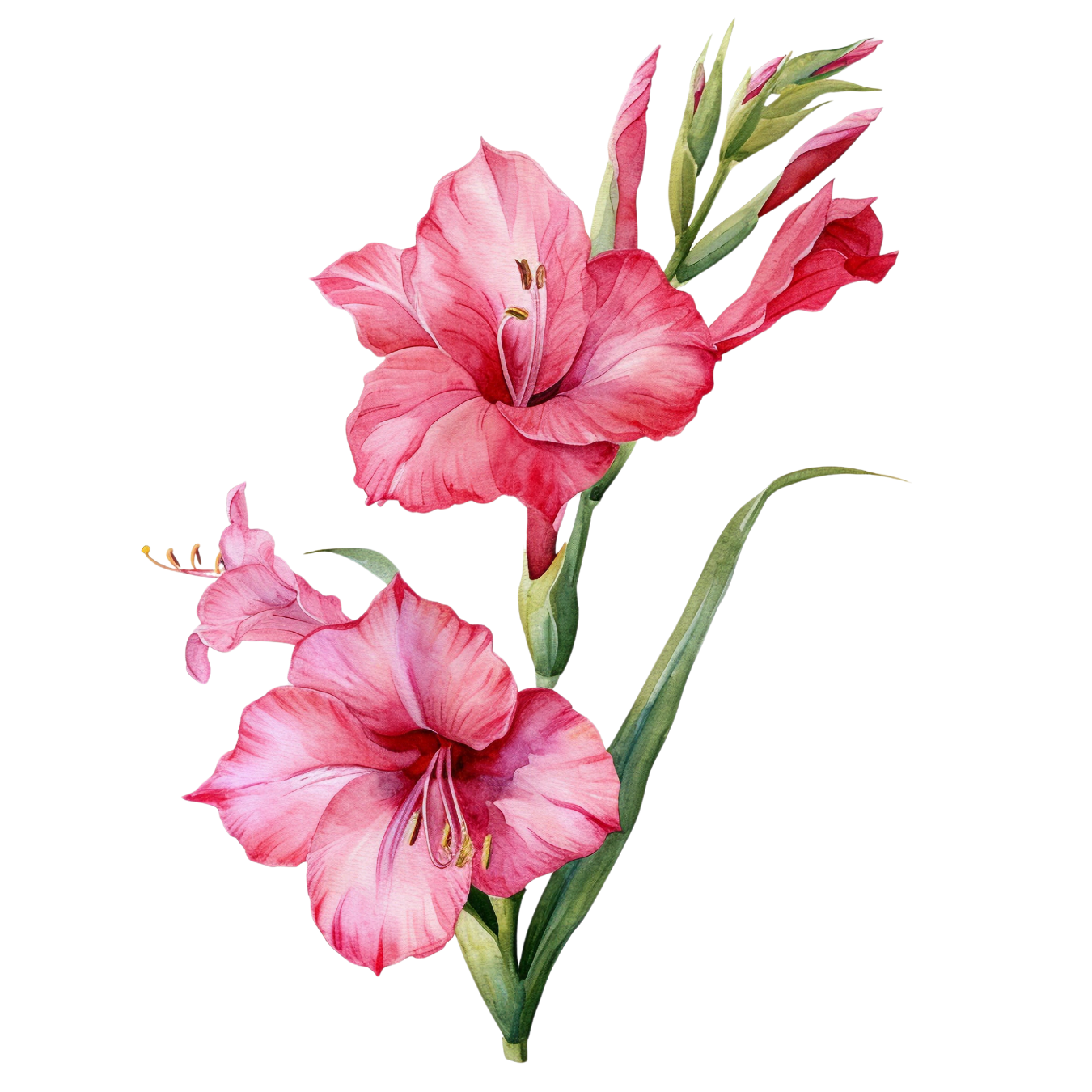 | Tall flowering spikes, variety of colors | Strength, integrity, remembrance |
Poppy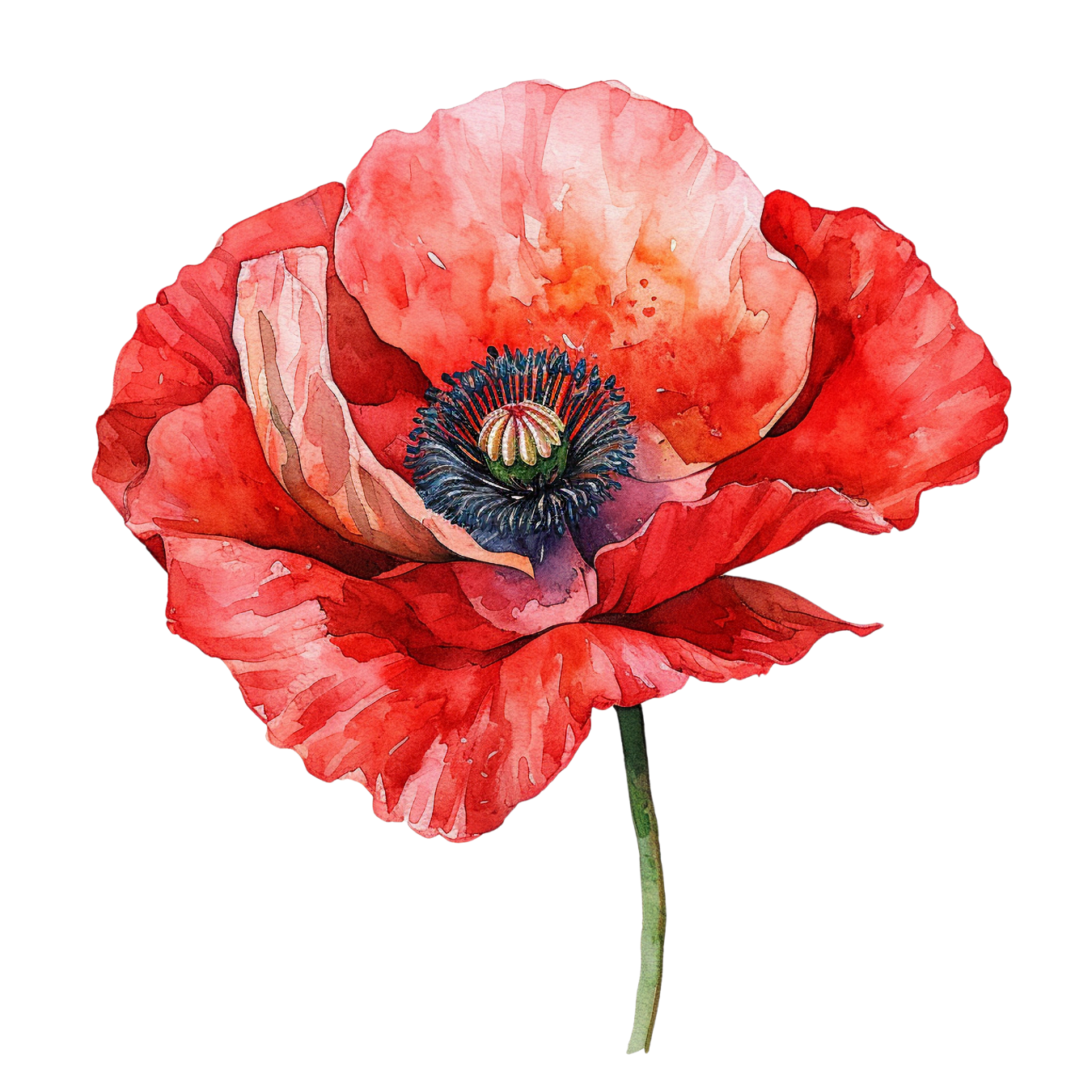 | Bright colors, often red, delicate and transient | Peace, sleep, remembrance |
What are the popular August birth flower gifts?
The Gladiolus and Poppy, August’s birth flowers, provide a wide array of gifting options, perfect for celebrating the vibrant spirit of late summer:
- Custom Bouquets: Create a stunning bouquet combining the towering elegance of Gladioli with the bold simplicity of Poppies, perfect for birthdays or other special occasions in August.
- Garden Plants: Gifting Gladiolus bulbs or Poppy seeds can provide a lasting addition to the recipient’s garden, allowing them to enjoy the beauty of these flowers year after year.
- Themed Artwork: Choose or commission artwork featuring Gladioli or Poppies, such as paintings, prints, or digital art, for a gift that captures the essence of August.
- Floral Jewelry: Delicate jewelry pieces inspired by the unique forms of Gladioli or Poppies can make for a thoughtful and personal gift, allowing the recipient to wear a piece of their birth month’s beauty.
Here are some more gift ideas featuring August’s birth flowers to explore.















What are some artistic or creative applications of August birth flower?
The striking Gladiolus and the symbolic Poppy offer a wealth of creative possibilities:
- Floral Photography: Capture the stunning beauty of Gladioli and Poppies through photography, creating art pieces that highlight their intricate details and vibrant colors.
- Home Decor: Use Gladiolus and Poppy motifs in home decor items like cushions, curtains, or bed linens to bring the vibrant energy of August indoors.
- Wearable Art: Design or select fashion accessories like scarves, brooches, or hats featuring Gladiolus or Poppy designs, adding a floral touch to any ensemble.
- Tattoo Designs: Gladiolus and Poppy tattoos can symbolize the wearer’s birth month or embody the flowers’ meanings of strength, remembrance, and beauty.
Conclusion
August’s birth flowers, the Gladiolus and the Poppy, embody the vibrant spirit and depth of late summer. Their distinct beauty and rich symbolism offer endless inspiration for gifts, art, and personal expression. By embracing and sharing these floral symbols, we celebrate the unique qualities of those born in August and the enduring beauty of nature’s creations.
10 FAQs
What are the birth flowers for August?
Gladiolus and Poppy.
What do Gladioli symbolize?
Strength of character, integrity, and persistence.
What is the meaning behind Poppies?
Remembrance, consolation, and peace.
Can Gladioli be grown indoors?
Gladioli are best suited to outdoor gardens but can be enjoyed indoors as cut flowers.
Are all Poppies red?
No, Poppies come in a variety of colors including red, white, yellow, and purple.
How often should I water Gladioli?
Water Gladioli deeply once a week, allowing the soil to dry out slightly between waterings.
Do Poppies bloom all summer?
Depending on the species, some Poppies bloom in late spring to early summer, while others may bloom throughout the season.
Are Gladioli toxic to pets?
Yes, Gladioli can be toxic to cats, dogs, and other pets if ingested.
Can Poppies be used in cooking?
Some Poppy seeds are used in cooking and baking, but it’s essential to use food-grade seeds meant for culinary use.
How can I extend the vase life of cut Gladioli?
Cut the stems at an angle, change the water regularly, and use a floral preservative to extend their freshness.
